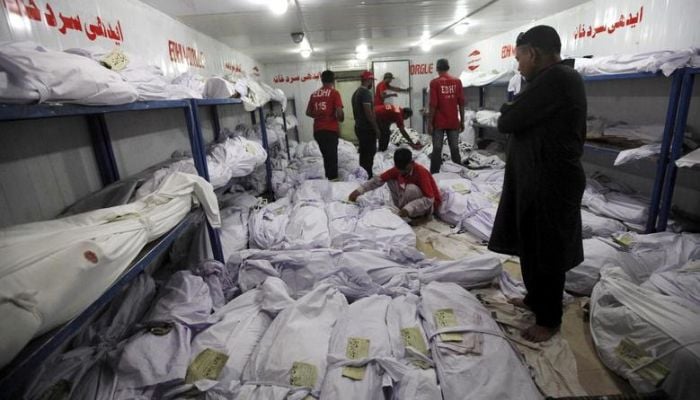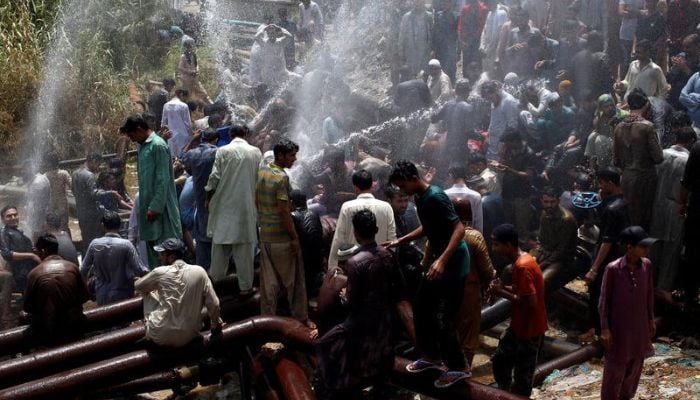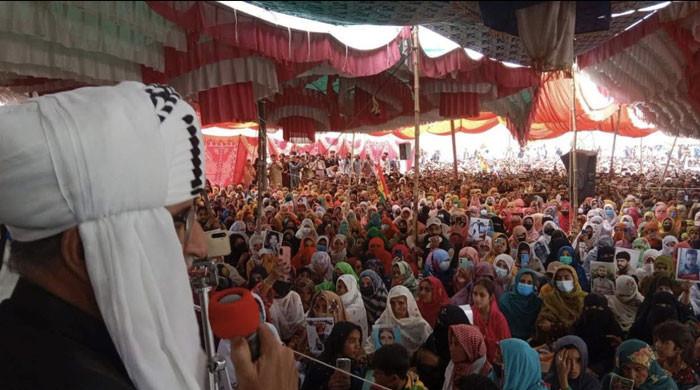Explainer: What causes heatwaves?
Geo.tv talks to Dr Sardar Sarfaraz at Pakistan Meteorological Department to understand how heatwaves are formed
July 02, 2022
On June 20, 2015, Karachi was hit by a heatwave, which killed approximately 1,300 people and sent scores to hospitals. This year, Karachi is witnessing unusually high temperatures again that started as early as March.

Geo.tv talked to an expert to understand how heatwaves are formed.
What is a heatwave?
When a high-pressure system enters a region and stalls, the sinking air creates compression, which forms heatwaves, said Dr Sardar Sarfaraz, Chief Meteorologist Pakistan Meteorological Department.
Due to global warming and rising temperatures, heatwaves have become a new normal across the world, said Dr Sarafraz. He said that the global temperature has risen by 1-degree centigrade. Pakistan's temperature has also increased by 0.85 degrees centigrade in the last 60 to 70 years.

He said that global warming contributes to heatwaves but heatwaves that form in a specific area are also due to depression in the sea. According to Dr Sarfaraz, depression in the sea blocks the air, depriving coastal areas of a sea breeze, resulting in heatwaves. It was due to this reason Karachi was hit by a devastating heatwave in 2015.
What is the reason for prolonged heatwaves in Pakistan?
In the upper atmosphere, 20,000 feet above the ground, high pressure began to form in March, overlapping the entire atmosphere. During the months of May and June, the upper atmosphere maintained the same pressure.
Another factor to consider is that the weather remained very dry from February to June. Record dryness was observed, with a 60 to 70% decrease in rain, and the dry weather persisted, causing prolonged heatwaves, said Dr Sarfaraz.
How do heatwaves impact us?

According to Borgen Project, a US-based nonprofit organisation, the normal core temperature of a human body is around 38 degrees Celsius (98 degrees Fahrenheit). When our body temperature rises to 39-40 degrees Celsius, fatigue sets in, and the brain begins to slow down the muscles in order to cool the body. Our body cells deteriorate at temperatures above 41 degrees Celsius, chemical processes are disrupted, and organs begin to fail.











